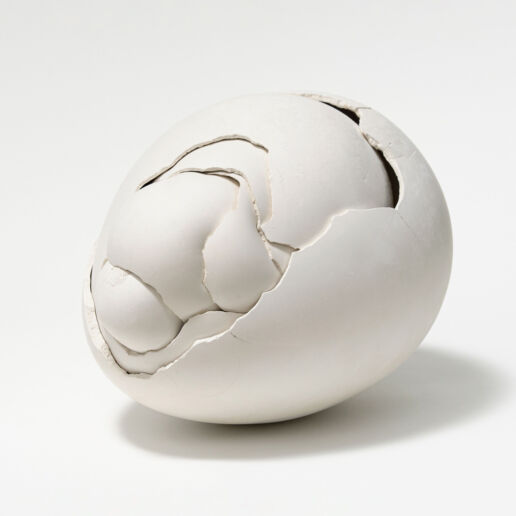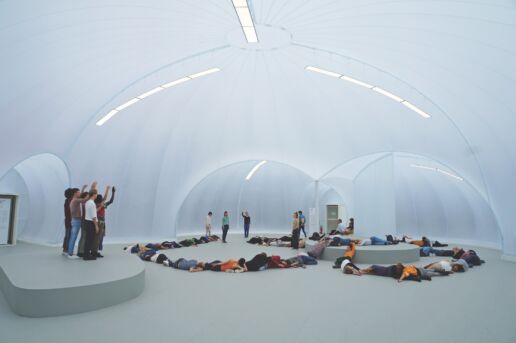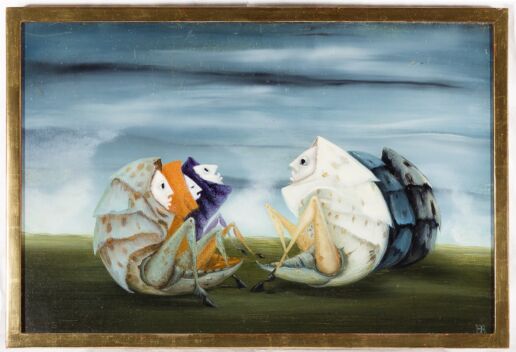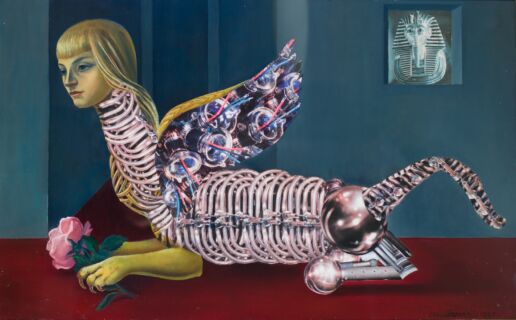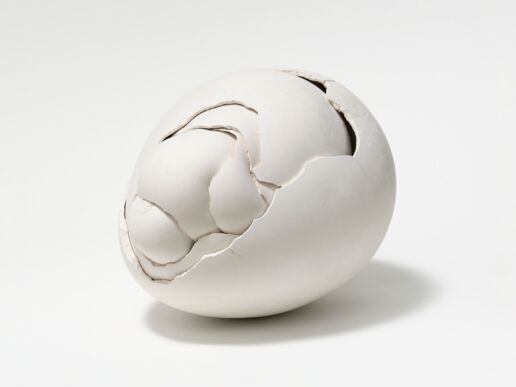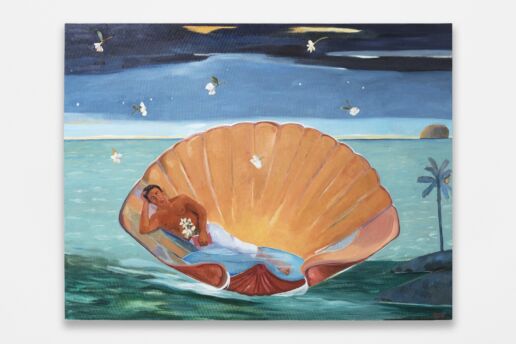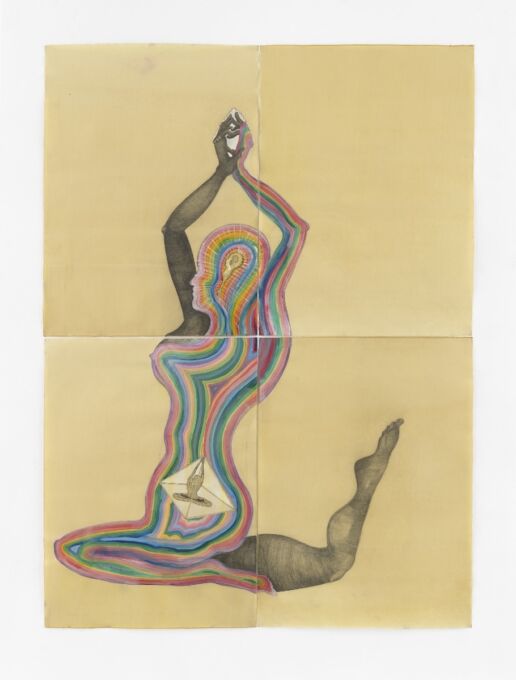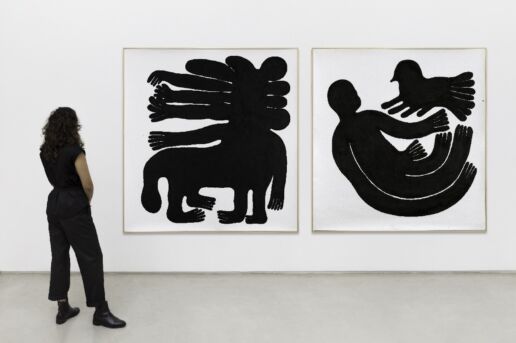What You Need to Know About the Venice Biennale 2022?
It is on. Finally, the art scene we want to be a part of is back. If you don’t know where to start, here are all the details gathered together just for you. Think of this article as a one-page guideline and keep scrolling.
When?
Venice Biennale 2022 is going to take place in Giardini and the Arsenale from April 23 to November 27, 2022.
Where?
Arsenale
The Arsenale was the largest production center in Venice during the pre-industrial era and in full-time periods it had up to 2,000 workers a day. This place is a symbol of the economic, political, and military power of the city.
The Arsenale currently hosts the National Pavilions of Albania, Argentina, Chile, People’s Republic of China, Croatia, United Arab Emirates, Philippines, Georgia, Indonesia, Ireland, Italy, Republic of Kosovo, Latvia, Former Yugoslav Republic of Macedonia, Malta, Mexico, New Zealand, Peru, Singapore, Republic of Slovenia, Republic of South Africa, Tunisia and Turkey.
Giardini
In 2009 the historic Central Pavilion at Giardini became a multifunctional and versatile structure. Giardini is the center of permanent activity and landmark for the other Gardens Pavilions. It houses interior spaces designed by artists such as Massimo Bartolini (Educational Area “Sala F”), Rirkrit Tiravanija (Bookstore), and Tobias Rehberger (Cafeteria).
The Giardini now hosts 29 pavilions of foreign countries, some of them designed by famous architects such as Josef Hoffmann’s Austria Pavilion, Gerrit Thomas Rietveld’s Dutch pavilion, or the Finnish pavilion, a pre-fabricated with a trapezoidal plan designed by Alvar Aalto.
ASAC at VEGA – Cygnus
The Historical Archives of Contemporary Arts (ASAC) is the largest collection of assets concerning the Venice Biennale; gathered from the beginning to the present.
Teatro alle Tese
In the heart of the monumental area of the Arsenale, the Tese Cinquecentesche (the warehouses where the sails were stretched in the 16th Century) are made up of four buildings connected by large arches.
The Tese Cinquecentesche hosts the Teatro alle Tese; flexible space conceived for theater and music productions.
Sala Darsena
Today’s Sala Darsena, once known as the Pala Galileo, was built as the base of the open-air Arena constructed during the expansion in the 1950s adjacent to the Palazzo del Cinema.
In 2014, the Sala Darsena was significantly renovated by the Biennale with the purpose of turning it into a screening room equal to the Sala Grande.
Sala Grande
The historic Sala Grande underwent a series of transformations first in the 1950s, then in 1995, and the final phase in 2011. The restyling of the Sala Grande was inspired by the formal elements of the 1937 building, reinterpreted in a contemporary key, including wood paneling along the walls and new seats inspired by Luigi Quagliata’s original design, upholstered in a custom-designed fabric.
Biennale Library
The Biennale Library has been an integral part of the Central Pavilion at Giardini since 2009. The reading room is also used for conferences and workshops.
Sale d’Armi
The North and South Armaments complex, located in the heart of the Arsenale area in use at the Biennale, is made up of imposing two-story buildings. The original nucleus of the Sale d’Armi dates back to about 1460.
Ca’ Giustinian
Overlooking the San Marco Basin, the head office of La Biennale di Venezia is a historical palace among the most representative of the Venetian late gothic style.
Who?
Artistic Director of the Venice Biennale; Cecilia Alemani has organized many exhibitions for contemporary artists. She is currently the Director and Chief Curator of High Line Art; the program of public art of the urban park in New York, and is the past curator of the Italian Pavilion at the Biennale Arte 2017.
“As the first Italian woman to hold this position, I intend to give voice to artists to create unique projects that reflect their visions and our society.”
Curator
Cecilia Alemani
Main Exhibition:
Placing a focus on Surrealism and an unprecedented emphasis on women artists, the show is titled “The Milk of Dreams” in reference to Leonora Carrington’s writings. The Exhibition which takes its name from a book by Leonora Carrington takes us on an imaginary journey through metamorphoses of the body and definitions of humanity.
The Milk of Dreams” will focus on three main themes:
- the representation of bodies and their metamorphoses
- the relationship between individuals and technologies
- the connection between bodies and the Earth.
These are some of the guiding questions for the biennale:
- How is the definition of the human changing?
- What constitutes life, and what differentiates plant and animal, human and non-human?
- What are our responsibilities towards the planet, other people, and other life forms?
- What would life look like without us?
Notes:
- Pavillion of the Russian Federation resigned from their positions, which led to the cancellation of the participation in the 59th International Art Exhibition.
- La Biennale di Venezia will not shut its doors to those who keep defending freedom against Russia. Those who stand against this war will have a place in the Venice Biennale.


